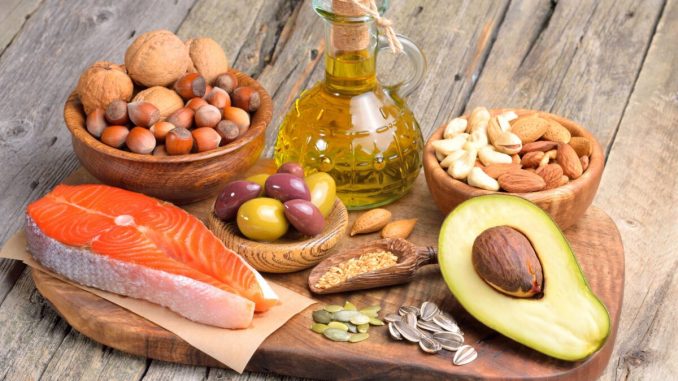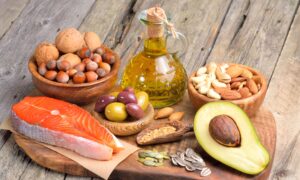

Here’s a crazy concept: You may be able to reduce inflammation by increasing cholesterol.
Now, why would you want to increase cholesterol? Doesn’t high cholesterol contribute to atherosclerosis, high blood pressure, and inflammation?
It most certainly can.
But remember, not all cholesterol is created equal.
First, you’ve got low-density lipoprotein—LDL—cholesterol. This is the bad stuff. It’s the stuff that can accumulate along arterial walls and blood vessels to boost blood pressure, increase the risk for heart disease, and contribute to inflammation.
On the other hand, there is high-density lipoprotein, or HDL cholesterol. It’s the “good” cholesterol you hear about, and it picks up excess cholesterol and transports it to your liver, where it is eventually excreted as waste.
New research has revealed that more HDL may lead to less inflammation.
A recent study published in Circulation, the American Heart Association journal, has shown that HDL cholesterol can fight inflammation in blood vessels and help doctors identify patients at higher risk for cardiovascular events.
The research uncovered that HDL could contribute to anti-atherosclerotic function in a number of ways that are not reflected by simple cholesterol measurements. They include:
- HDL’s anti-inflammatory abilities were 32 percent higher in those who had a “healthy” level in their blood.
- People were 23 percent less likely to have a cardiovascular event over a 10-year period for every 22 percent increase in the anti-inflammatory capabilities of HDL in their blood.
How do you get more HDL cholesterol to reduce LDL cholesterol and help reduce the risks of a heart attack or stroke? It’s relatively simple: Eat more foods that can boost HDL and limit those that contribute to LDL deposits.
Anti-inflammatory foods like avocado, olive oil, legumes, whole grains, nuts, seeds, fruits, and veggies are good for HDL levels. On the other hand, cutting sugary snacks can help reduce LDL and the inflammation it creates.
Mat Lecompte is a health and wellness journalist. This article was first published on Bel Marra Health.





Be the first to comment